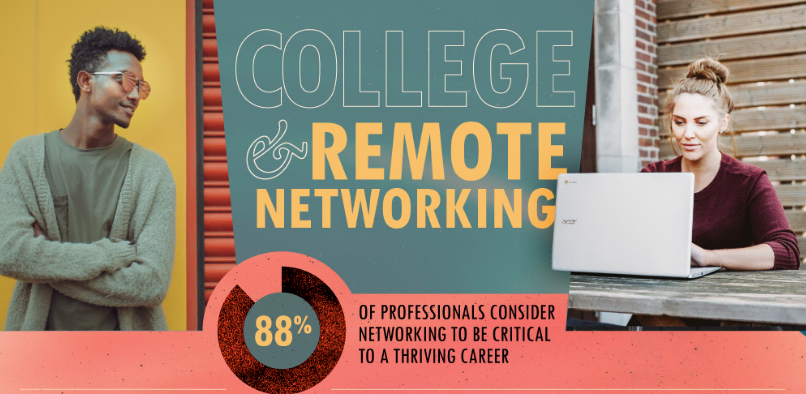The Challenges of Remote Networking for Students

Meeting people is a crucial component of higher education for endless reasons. Of course, networking can open doors for professional growth (88 per cent of professionals consider networking to be critical to a thriving career), but networking can also provide you with connections.
However, it’s possible the coronavirus may have changed the way we interact for quite some time.
In our latest findings, 69% of students no longer have regular access to their classmates, friends, and network.
Although many anticipate the trend towards digital will remain long after quarantine ends, people still miss real human connections – not just networking. 52% of students feel anxious about their displaced education and loss of normalcy.
As a result, experts have begun speaking on the issue. Eduventures researcher Richard Garrett believes, “If Fall 2020 can’t happen on campus, we need to find a way for it to happen, vibrant and unchecked, online.”
Today, 86% of students are looking for ways to recreate in-person socializing with their peers.
For example, many students have gotten creative with remote communication tools to keep in touch. From February to March 2020, utilization of remote communication platforms spiked tremendously, Meet having a 5x increase in volume, Microsoft Teams 4x, Zoom 3.5x, and Google Classroom 2x.
However, it gets more creative than this. A Dartmouth student created “Unmasked,” an app for students to facilitate anonymous peer mental health support.
Online networking can start essentially anywhere. Check out the infographic below for greater specifics on remote networking for students.












Responses